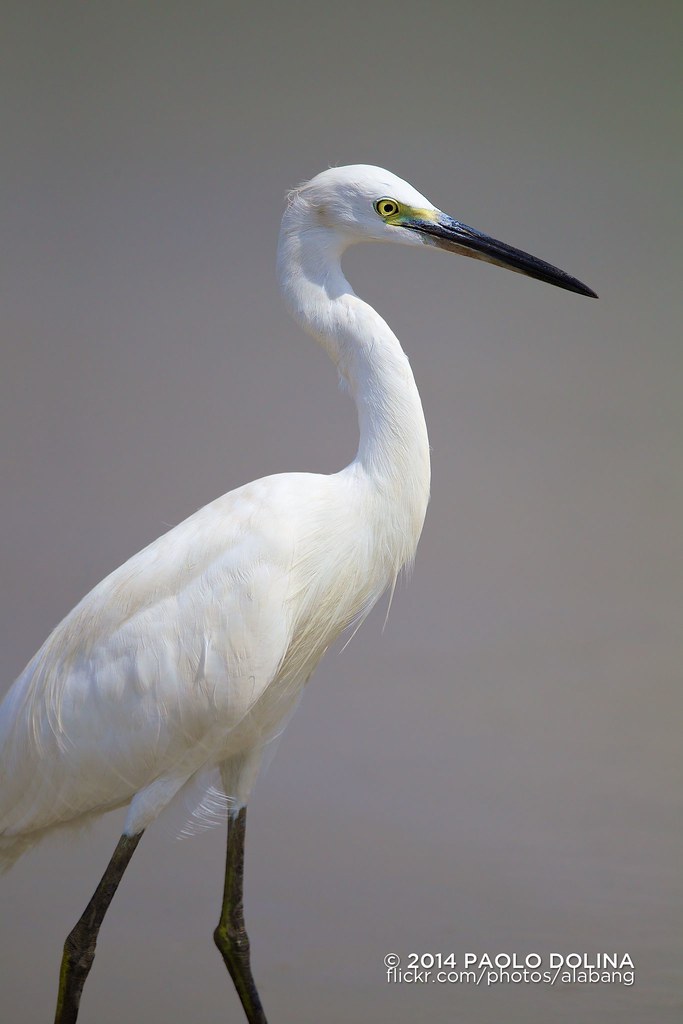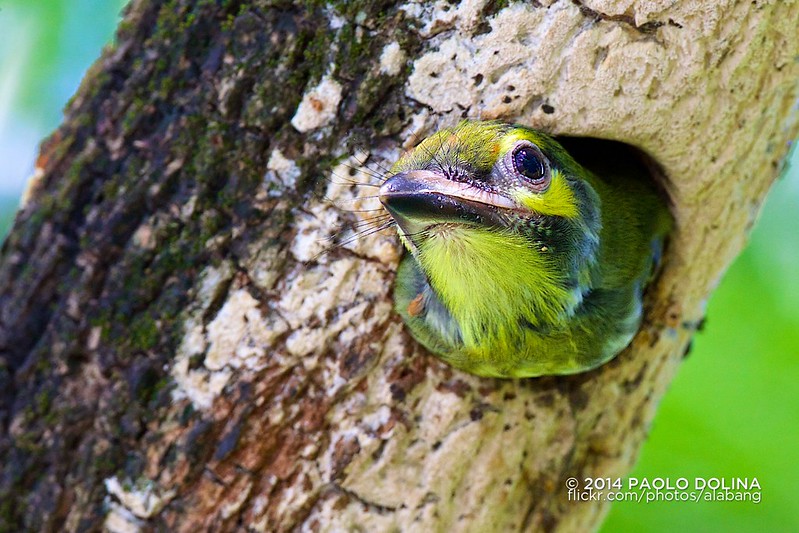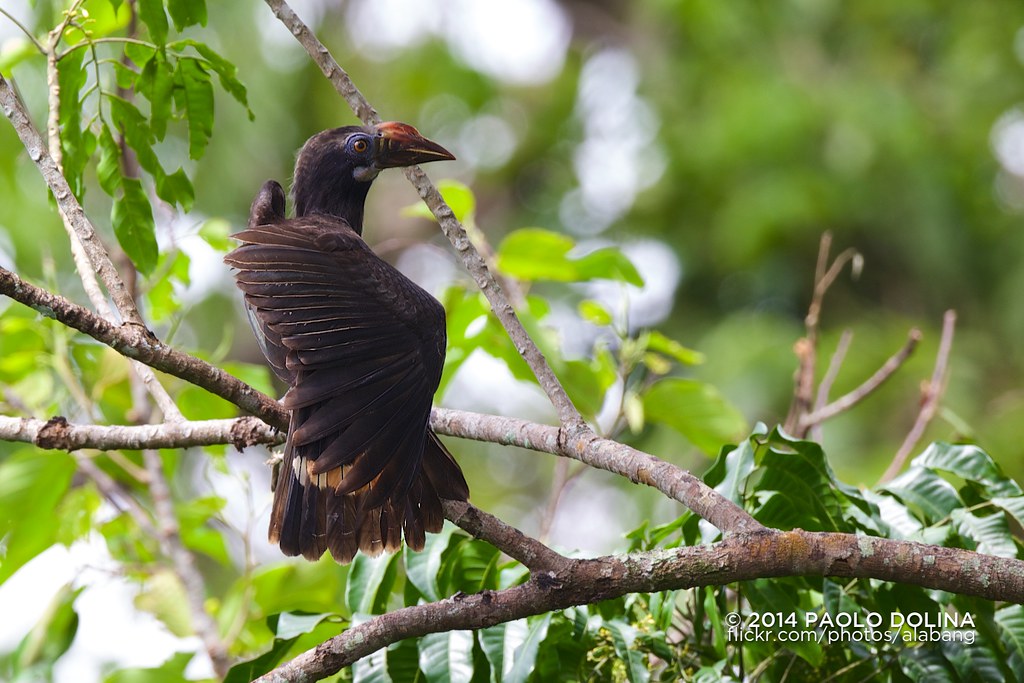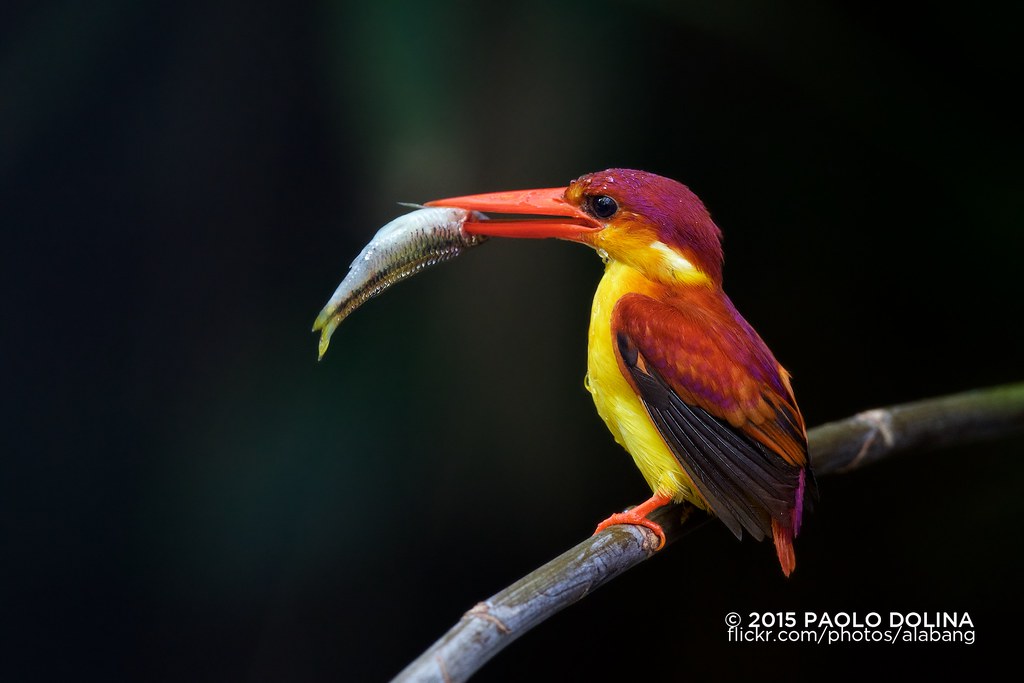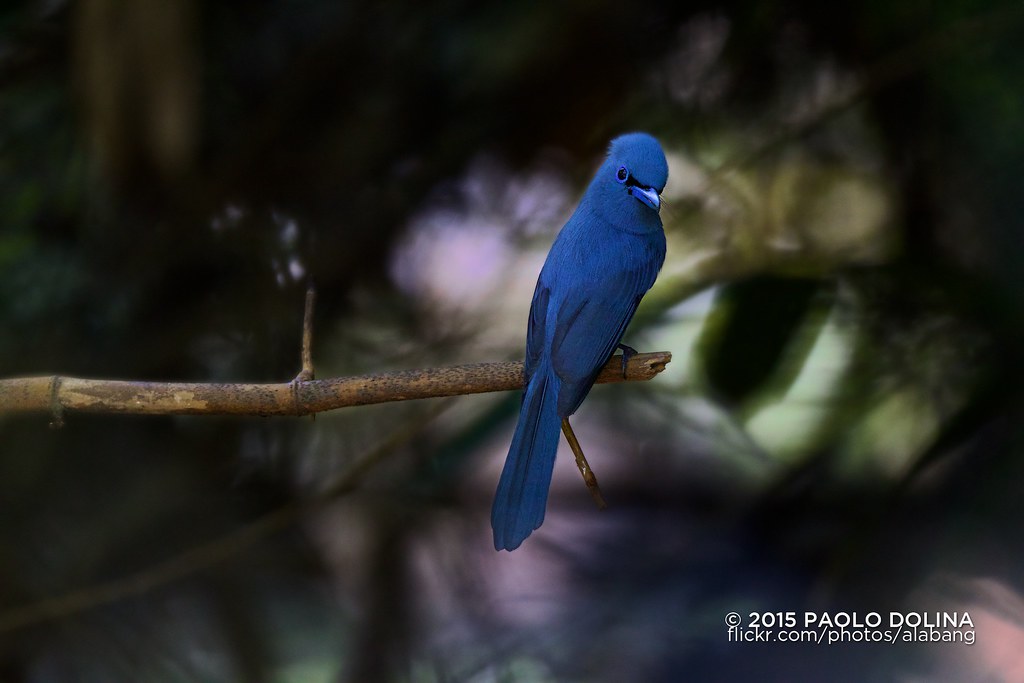 Green-faced parrotfinch (Erythrura viridifacies)
Green-faced parrotfinch (Erythrura viridifacies) by
alabang, on Flickr
The green-faced parrotfinch (Erythrura viridifacies) is a species of estrildid finch found in northern Philippines, around Luzon, Negros and Panay.
The green-faced parrotfinch is approximately 12–13 cm long. This species green plumage except for its bright red uppertail-coverts and tail and darker fringes to the primaries. It has a long pointed tail. The female is slightly shorter and shows buff on the lower belly and vent. Both sexes have a large, dark bill. The green-faced parrotfinch makes a short, high-pitched tsit tsit, chattering and grating notes.
It inhabits tropical moist forest (including degraded areas), forest edge and even savannah, often above 1,000 m, but is occasionally found in the lowlands. It is usually found together with flowering or seeding bamboos, which are its food supply.
This species is threatened by deforestation which removes its food supply (bamboo seeds). The cage-bird trade has also affected its population as large numbers of green-faced parrotfinch in many districts of Manila have been caught and exported to the United States.
Source: http://en.wikipedia.org/wiki/Green-faced_parrotfinch
Location: http://en.wikipedia.org/wiki/Colegio_de_San_Juan_de_Letran#Colegio_de_San_Juan_de_Letran_-_Abucay.2C_Bataan
